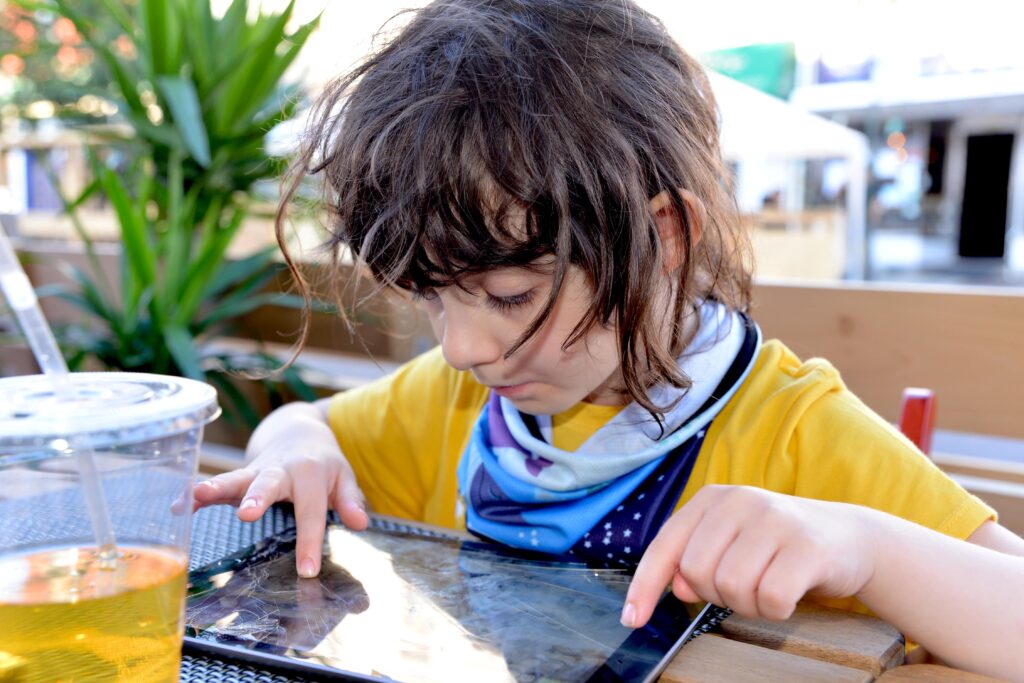
Visual impairment and other disabilities may necessitate a child’s use of alternative communication methods. Your child needs to be able to communicate with others in various ways. The term “augmentative and alternate communication” (AAC) refers to various alternative communication methods to aid a child’s communication.
The use of objects or devices can be aided or unaided when using augmentative and alternative communication methods. Unaided communication methods include gestures, facial expressions, vocalizations, speech, and sign language (such as American Sign Language). Aided methods for exchanging information include the following:
Your child needs both aided and unaided methods of communication. Your child should learn to communicate without the aid of a device or other communication aid because it may not always be possible to do so.
Simple or complex communication devices exist. The technology behind devices is always changing, and each child’s AAC system is usually customized.
Your child’s educational team will determine the best devices for her. This assessment requires communication experts. A speech therapist, special educator, or occupational therapist is best for a child with severe communication issues.
As teachers of visually impaired students, you must explain how they use vision and other senses to gather information. Your child will need different solutions depending on the size of the symbols on a device, where she needs to position it, and whether she understands braille. If your child can use her vision, she should have a functional vision assessment before being assessed for an AAC system.
Visually impaired and disabled children use the following devices.
Some children with visual impairments and other disabilities use the following broad categories of devices.
Your child will benefit from multiple ways to express herself. She should have multiple communication options. She can participate more fully in daily life if she has many communication options.
Strategies for AAC’s Succes
Support and assessment are the keys to ensuring that your or your child’s augmentative and alternative communication systems are working optimally.
For AAC to be successful, parents and other primary caregivers must be actively involved in the child’s life and provide encouragement and support. It may be necessary for a child (especially in the early stages of using AAC) for additional encouragement and opportunities to communicate using their AAC system.
You can do many things to help AAC users develop their skills if you are a communication partner (a person who interacts with AAC users). NovitaTech therapists can help you or your child find the right communication partners to help you or your child learn new skills.
Unless they are useful and inspiring to the user or listener, the words and messages chosen for an AAC system will be ignored.
As the user grows, learns, and interacts with new people, their communication needs change, and an AAC system should evolve to meet (or anticipate) these needs.
For communication to be effective, the user experience must be simple and quick for the listener, and many factors must be considered to accomplish this.
Exceptional Connections
carla@exceptionalconnections.co
Copyright © 2021 Exceptional Connections All Rights Reserved.